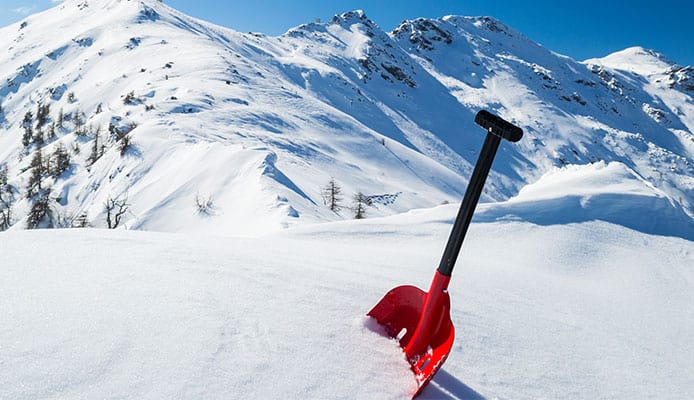
An essential part of your backcountry safety gear should be an avalanche shovel. If you have ever wondered what would you if a friend was swept away in an avalanche in the backcountry, a shovel will come in very handy. It’s a very frightening, yet common occurrence. Beyond avalanche rescue missions, a shovel can be used as a preventative tool, allowing you to check the stability of the snow for avalanche danger, thus helping you avoid catastrophe before it hits. You should know which ones are the best avalanche shovels on the market.
The action of shoveling avalanche debris is more of a chop and removal of debris than it is shoveling. A good shovel and strategic shoveling technique will be critical for a timely rescue. We are here to offer you the best choices based on avalanche shovels reviews, and we will offer you the best avalanche shovels for you. Let’s get to them!
OUR TOP PICK
OBOSOE Folding
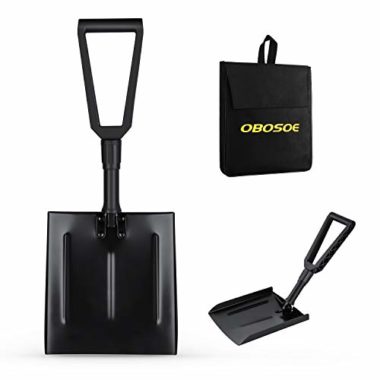
- Stand Out Features - Why We Love It
- Ideal for use in adverse weather conditions
- Lightweight and compact design
- Easy to store
- Great for outdoor excursions
- Perfect for avalanche rescue
Length: 26”
Weight: 2 pounds
Colors: Black
Warranty: 1 year
EDITORS CHOICE
KLIM Backcountry
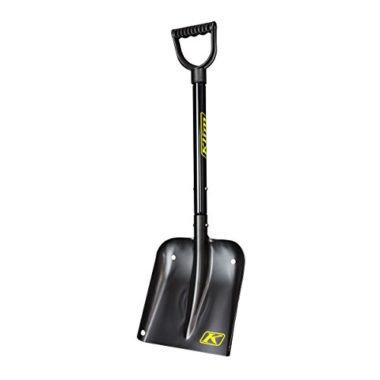
- Stand Out Features - Why We Love It
- Offers a huge reach
- An excellent piece of equipment in backcountry survival situations
- Lightweight and compact design
- Convenient and practical to use
- Perfect for moving snow without compromising portability
Length: 28”
Weight: 2.1 pounds
Colors: Black
Warranty: 1 year
BEST VALUE
UST U-Dig-It Extreme
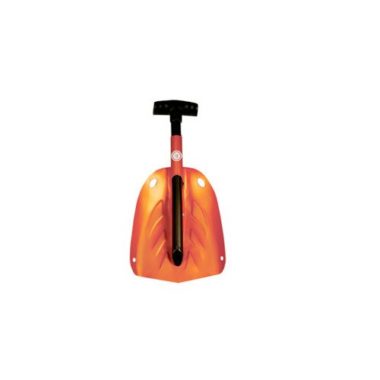
- Stand Out Features - Why We Love It
- Very budget-friendly
- Lightweight, yet highly durable
- Allows for compact storage
- Ergonomically optimized design
- Can be used by backcountry skiers
Length: 29.5”
Weight: 1.2 pounds
Colors: Black
Warranty: 1 year
Black Diamond Evac
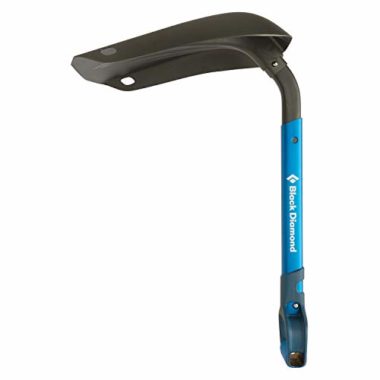
- Stand Out Features - Why We Love It
- Clears snow very rapidly
- Tough design
- Easy to fit in your backpack
- Convenient and practical to use
- Perfect for avalanche rescue
Length: 26”
Weight: 1.2 pounds
Colors: Black
Warranty: 1 year
AceCamp Lightweight Collapsible
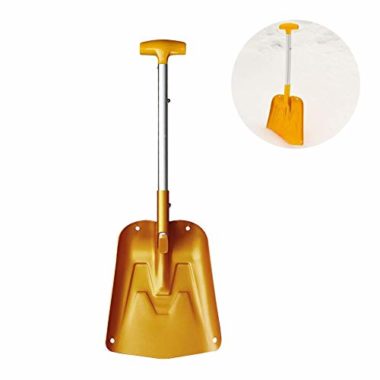
- Stand Out Features - Why We Love It
- Highly durable & resilient design
- Easy to assemble and disassemble
- Built out of top-tier aluminum
- An overall excellent piece of equipment
Length: 25”
Weight: 1.16 pounds
Colors: Orange
Warranty: 1 year
Backcountry Access B-1
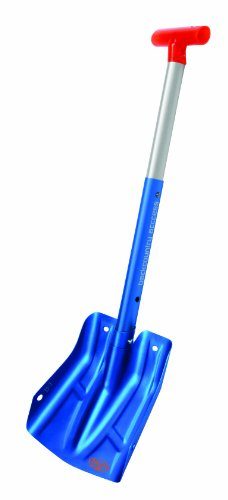
- Stand Out Features - Why We Love It
- Highly versatile and convenient to use
- Lightweight design
- Excellent dimensions
- Offers maximum efficiency
- Perfect for avalanche rescue
Length: 25”
Weight: 1.4 pounds
Colors: Blue
Warranty: 1 year
Black Diamond Deploy
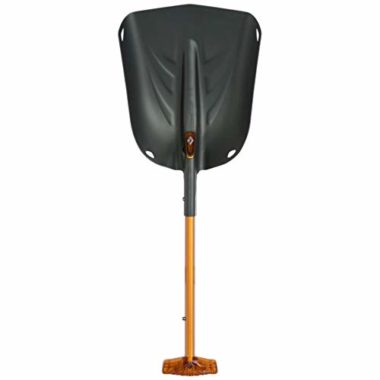
- Stand Out Features - Why We Love It
- Very practical and convenient to use
- Can be used in a wide range of activities
- Sleek design
- Easy to pack and easy to use
- Can be used by backcountry skiers
Length: 26”
Weight: 1.2 pounds
Colors: Black
Warranty: 1 year
Black Diamond Transfer
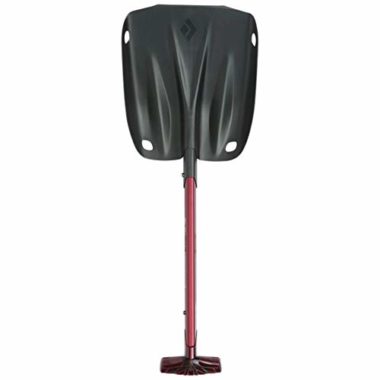
- Stand Out Features - Why We Love It
- Incredibly efficiency
- Extended handle
- High-volume blade profile
- Solid and durable build
- Perfect for avalanche rescue
Length: 24”
Weight: 1.6 pounds
Colors: Black
Warranty: 1 year
Demon United Escape Ally
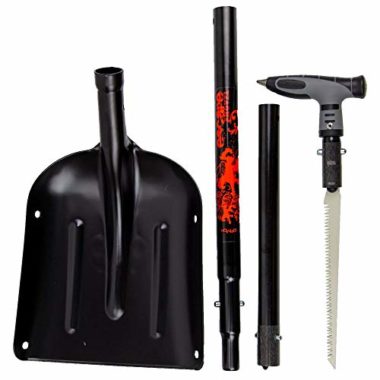
- Stand Out Features - Why We Love It
- Offers speed and high-volume shoveling
- Made out of high-quality forged aluminum
- Adjustable shaft
- Ergonomic design
Length: 18”
Weight: 2.1 pounds
Colors: Black
Warranty: 1 year
Backcountry Access D-2 Dozer
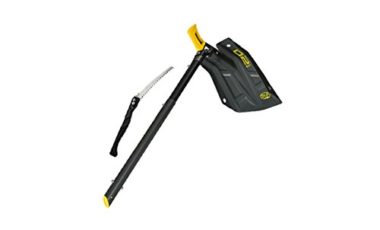
- Stand Out Features - Why We Love It
- Easily adaptable
- Effective for cutting and shoveling debris
- Convenient piece of gear
- Packable and extendable
- Perfect for avalanche rescue
Length: 21”
Weight: 2.2 pounds
Colors: Black
Warranty: 1 year
How To Choose The Best Avalanche Shovel – Buying Guide
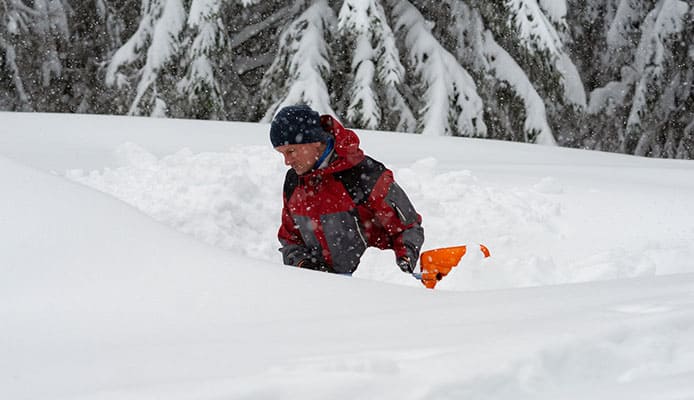
Since an avalanche shovel should be a necessary part of your backcountry skiing gear, you need to make sure that you choose the right one. There are a couple of factors that you should consider before purchasing one of the best avalanche shovels, including Material, Blade Size, And Shape, Handle And Grip, as well as Weight. Let’s get to them:
Material
The material of the shovel is one of the best ways to narrow down your options when selecting the best avalanche shovel for you. If the shovel is made of inferior materials, it will break and become useless during a rescue mission. The material with the best strength-to-weight ratio for an avalanche safety shovel is metal. Aluminum avalanche shovels allow less deflection and are stronger, more durable, and more resilient than plastic shovels. Plastic may be lightweight, but metal allows for more successful snow removal
Blade Size and Shape
Shovel blades vary in shape and size depending on their targets. Smaller blades are easier to handle, but less efficient at chopping and moving large amounts of snow, while larger blades can move more snow, but take more strength to operate and may tire you more quickly. Keep in mind that it may be easier to increase your rate of shoveling with a small shovel, rather than to consistently underfill a large shovel when you’re tired
Your shovel blade should easily fit in your backpack. It should be strong and capable of chopping through hard and dense debris. Some shovel blades are flat, some are curved, and some models have serrated blades that help cut through snow and ice. When digging snow pits and making smooth walls, the shape and angle of the shovel blade is a factor to consider – a flat blade will help you create a smoother pit wall.
You might also be interested in:
Handle and Grip
You should look for a shovel that feels good in your hands while digging, and fits inside your backpack. Anything on the outside of your pack is at risk of getting ripped off during a fall. Most avalanche shovels have telescoping shafts that will give you leverage options. Longer shafts give you more leverage for digging, while short shafts are more maneuverable in tight spaces. Shafts that are oblong or triangular in cross-section can offer increased rigidity and strength.
There are several common grip types. T- and L-shaped grips are often lighter and more compact, while larger, D-shaped grips are more comfortable to hold and be used with mittens. You should choose a shovel grip that works well for you and your hands. Some avalanche shovels offer the ability to configure the shovel as a hoe since there will be times when the most efficient way of moving the snow is to chop and drag it.
Weight
When touring, the saying goes “light is right”. However, never forget that your shovel is not the right place to cut back on weight. You need an absolutely dependable tool for effective digging and shoveling during a rescue situation. If in doubt, go a bit heavier.
FAQs
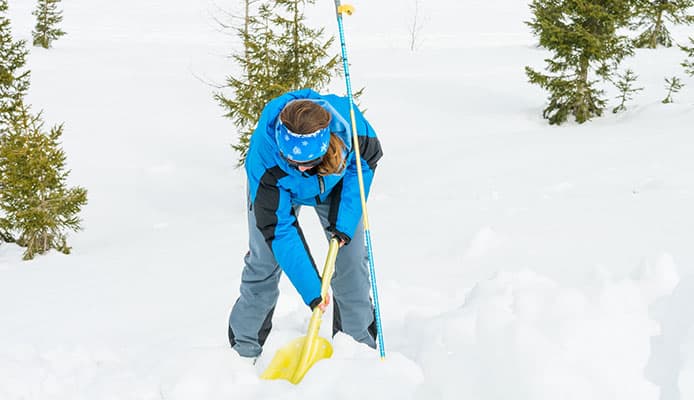
Q: What Is The Difference Between A Regular And Avalanche Shovel?
Q: Why Do I Need An Avalanche Shovel?
Q: When Should I Use An Avalanche Shovel?
Globo Surf Overview
Choosing one of the best avalanche shovels will do you wonders for your safety while you are on the slopes. The shovel you choose should be strong and capable of chopping through the snow. Keep in mind that debris from an avalanche is hard and dense, so pick a tough shovel.
There are many options that you can choose from on the market – some are flat, some are curved. They differ in material as well. Make sure to follow our guidelines and you will definitely choose one of the best avalanche shovels for you.

